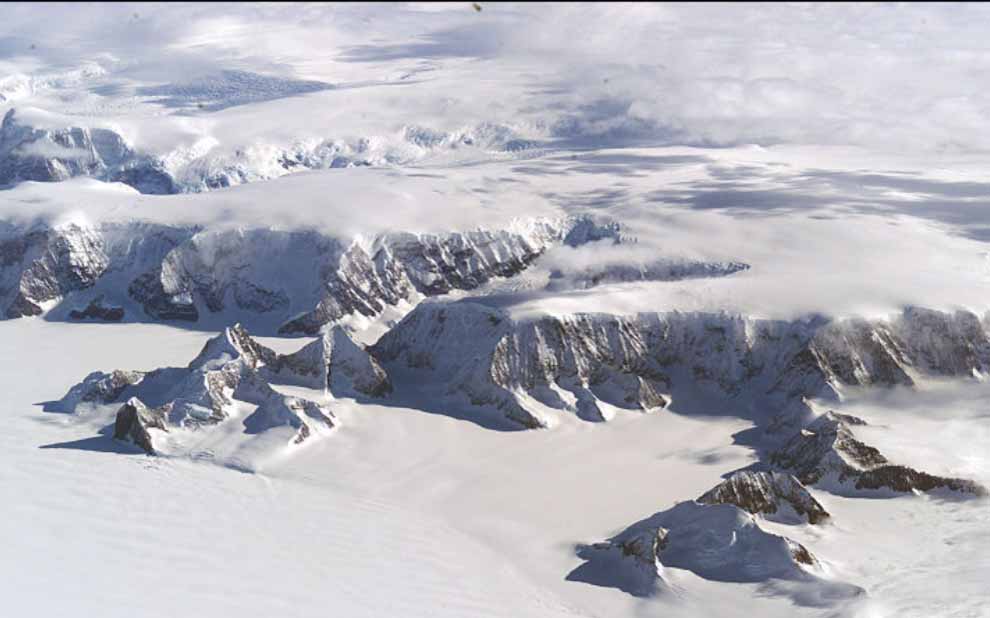
Manashimaya
Introduction: Antarctica’s Ross Ice Shelf, the largest of its kind on the continent, has long been a subject of scientific fascination and concern. Recent findings have shed light on its dynamic behavior, revealing a daily occurrence of significant movement triggered by slip events on ice streams. This phenomenon, akin to fault line slips, preceding earthquakes, underscores the delicate balance of Antarctica’s ice shelves and the potential implications for global sea level rise.
Understanding the Ross Ice Shelf: Named after British explorer Sir James Clark Ross, who discovered it in the 19th century, the Ross Ice- Shelf spans an area roughly equivalent to France. Situated in the Ross Sea and extending into the Southern Ocean, this colossal ice shelf, crucial, for glaciers and ice streams, impeding their path to the ocean where they ultimately melt.
The Dynamics of Slip Events: Scientists, led by Doug Wiens, have observed that the entire Ross Ice Shelf undergoes movement of approximately 6 to 8 centimeters (or 3 inches) once or twice daily. These movements, triggered by slip events on ice streams, serve as a reminder of the dynamic nature of Antarctica’s ice shelves. Similar, to fault line slips, these events generate elastic waves, displacing the entire ice shelf by up to 60 mm. This strain on the ice shelf has the potential, to trigger ice quakes and further deformations, raising concerns about its stability.
Implications for Climate Change: The stability of ice shelves like Ross is of paramount concern, particularly in a warming climate. If an ice shelf were to collapse, it would remove the impediment for glaciers and ice streams, accelerating their flow toward the ocean. This acceleration could contribute significantly to global sea level rise, posing serious implications for coastal regions worldwide.
Significance of Understanding Ice Shelf Dynamics: Studying the interactions between ice shelves and ice streams is crucial for predicting the stability of Antarctica’s ice shelves in the face of climate change. Over the past 50 years, studies have shown variability in the speeds of ice streams, highlighting the complexity of these systems. Seismographs play a pivotal role in detecting and studying slip events, providing valuable insights into the factors controlling the motion of ice streams and their impact on ice shelves.
The recent findings regarding the dynamic movement of the Ross Ice Shelf underscore the importance of ongoing research into Antarctica’s ice shelves. As scientists delve deeper into understanding slip events and their implications, they contribute to our collective knowledge of the Earth’s cryosphere and its response to a changing climate. This knowledge is essential for informed decision-making and mitigating the potential impacts of sea level rise on coastal communities worldwide.
